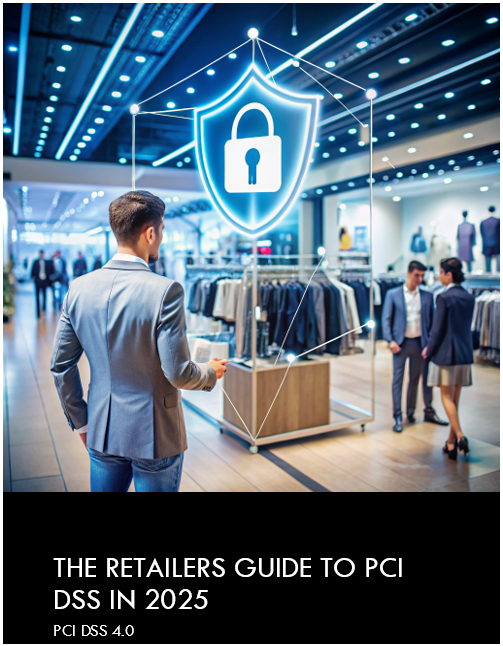Rostislav Panev and LockBit: How a Ransomware Menace Could Damage Your Business
In the ever-evolving landscape of cybersecurity, the personal and financial risks that ransomware poses to growing businesses continually evolve. The implications of ransomware attacks on companies in the retail, hospitality, and restaurant sectors are severe, impacting customer trust, investor confidence, and business continuity.
What is LockBit? Assessing the Threat
LockBit, a prolific ransomware-as-a-service (RaaS) group, has triggered more than 2,500 attacks across 120 countries, causing losses amounting to billions of dollars and $500 million in ransom payments. This group targets businesses of all sizes and types, including critical infrastructure and healthcare institutions.
In 2023, LockBit accounted for a significant percentage of all ransomware attacks, making it a substantial financial threat in the ransomware ecosystem. The group’s affiliate model has made it a lucrative option for cybercriminals.
The Role of Rostislav Panev in LockBit
Rostislav Panev’s arrest underscores the personal aspect of cybercrime. He played a vital role in LockBit’s operation, developing the digital infrastructure that enabled its global reach. Dimensioning this human element can help businesses understand the threat better and devise personalized protection measures.
Operation Cronos: Tackling the LockBit Threat
Operation Cronos, an international law enforcement effort, marks a significant breakthrough in the fight against ransomware. It has directly impacted LockBit’s operations and demonstrated that law enforcement agencies are actively working to dismantle these criminal enterprises.
Understanding Cybersecurity Challenges in Specific Industries
Retail
Retail businesses handle large amounts of customer data, making them prime targets for ransomware attacks. Maintaining compliance with regulations such as GDPR and PCI-DSS while ensuring robust security can be challenging due to the dynamic nature of retail operations.
Hospitality
The hospitality sector, reliant on customer data and complex IT systems, is highly vulnerable. To maintain the trust of their guests, hotels and restaurants must ensure their systems are secure.
Restaurants
Even though restaurants are often smaller, they handle sensitive customer data and rely on integrated systems. A ransomware attack could compromise customer data and disrupt daily operations, leading to significant financial losses.
How Can Businesses Enhance Cybersecurity?
Here are some practical strategies for businesses to enhance their cybersecurity:
- Multi-Layered Protection: Implement a multi-layered security approach that includes real-time data protection, network threat prevention, and behavioral detection.
- Regular Updates and Patching: Maintain updated and patched software and systems.
- Employee Training: Educate employees about cybersecurity best practices.
- Backup and Recovery: Implement robust backup and recovery processes.
- Incident Response Plan: Develop a comprehensive incident response plan.
Why is Transparency Vital in Protecting Trust and Investor Confidence?
For businesses, especially those heading towards an IPO, protecting customer trust and maintaining investor confidence are critical. This can be achieved by being transparent about cybersecurity measures, adhering to regulations strictly, and monitoring systems for potential threats continuously.
Preventing Operational Disruptions from Ransomware Attacks
Ransomware attacks can have severe operational impacts. Here are some strategies to minimize these disruptions:
- Redundancy: Implement redundant systems and processes.
- Diversification: Diversify critical operations.
- Communication: Maintain clear communication channels with stakeholders.
Key Takeaways for Businesses Navigating Cybersecurity
Here are three key takeaways for businesses:
- Implement multi-layered security solutions.
- Invest in employee education and a comprehensive incident response plan.
- Maintain transparency and adhere to regulations to protect customer trust.
By taking these steps, businesses can significantly reduce the risk of ransomware attacks and better prepare against the evolving threats in the cybersecurity landscape.





